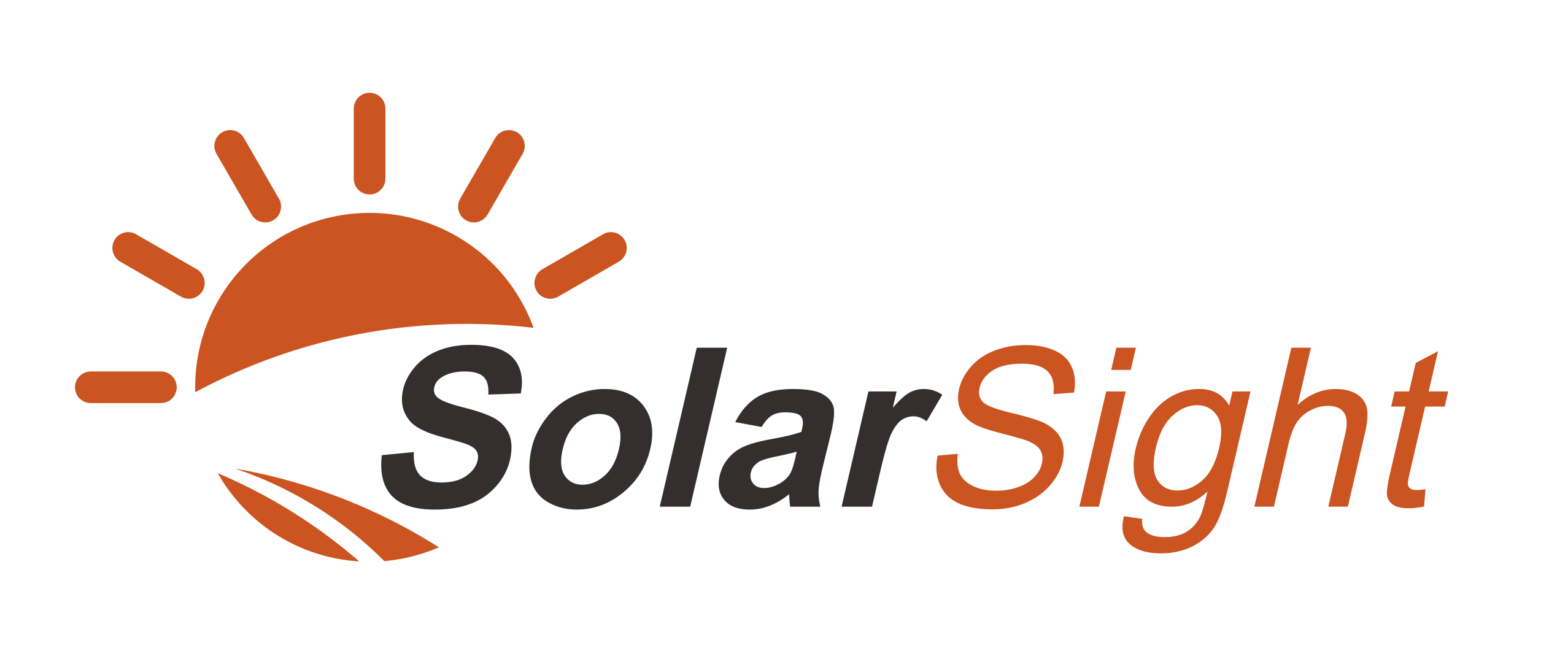Different Types of solar systems
1. String solar system which using A string inverter is connected to a series or “string” of solar panels and converts the power from Direct Current (DC) in to Alternate Current (AC) electricity, for the solar system as a whole. A string inverter will usually be located a short distance away from the array Read more about Different Types of solar systems[…]

